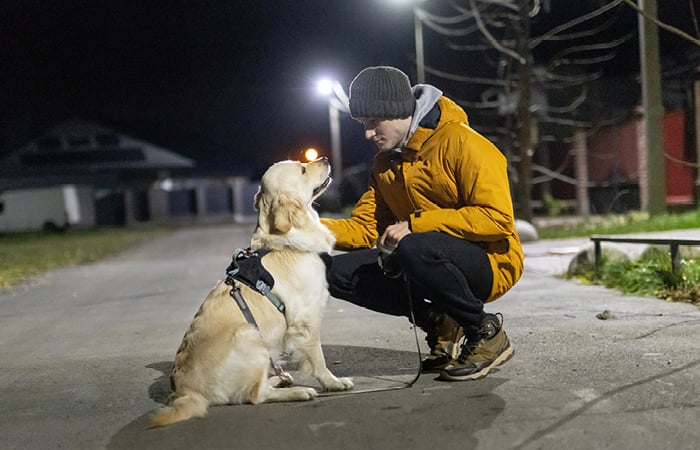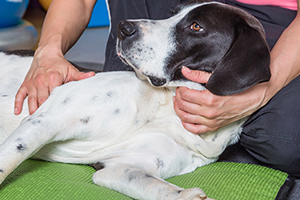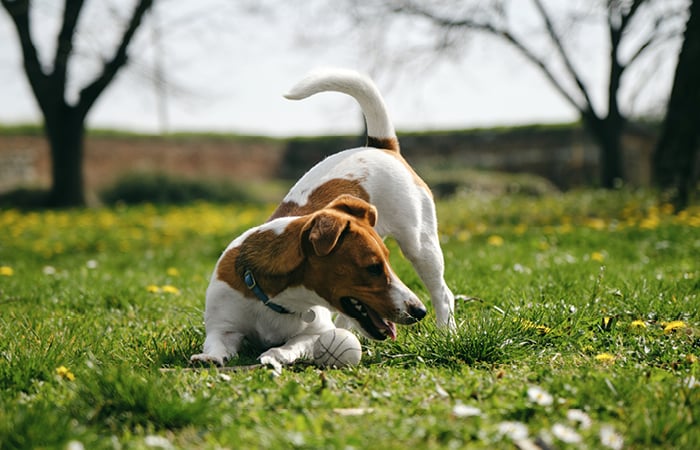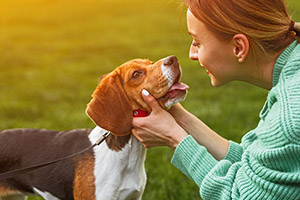10 amazing dog facts
Quick Links
1. Dogs don’t see colours in the same way that we do
2. Your dog’s nose is incredibly sensitive to smell and heat
3. Dogs have secret senses we lack
4. Some dogs can detect medical problems
5. Dog yawns can be contagious – and confusing!
Next time you yawn, watch your dog to see if they yawn, too. Researchers have found that contagious yawning doesn’t only affect humans, but dogs, too. In humans, this is connected to social communication and could be a way of signalling empathy, although we don’t know whether it’s precisely the same for our dogs as well.
Bear in mind, however, that yawns can be a sign of stress in dogs as well as a symptom of tiredness. Observing the context of your dog’s body language is always important.
6. Dogs can be left- or right-pawed
7. Dogs were the first animals to live alongside humans
8. Most dogs understand around 100 words
9. Dogs can feel a wide range of emotions
10. Dogs are good for our health
Petplan is a trading name of Pet Plan Limited (Registered in England No. 1282939) and Allianz Insurance plc (Registered in England No. 84638), Registered office: 57 Ladymead, Guildford, Surrey GU1 1DB.
Pet Plan Limited is authorised and regulated by the Financial Conduct Authority. Financial Services Register No. 311969. Allianz Insurance plc is authorised by the Prudential Regulation Authority and regulated by the Financial Conduct Authority and the Prudential Regulation Authority. Financial Services Register No. 121849. Pet Plan Limited is a subsidiary of Allianz Insurance plc.
















